Dangerous Articles or hazardous materials are objects or substances that may represent a danger to health, operation safety, property, or environment and those present in Dangerous Articles list published by ANAC (see complete list).
Dangerous articles and infected animals are prohibited for shipment. According to Brazilian regulations, any object or substance that, in the form presented for transportation, is likely to explode, react dangerously, produce a flame or dangerous evolution of heat, or dangerous emission of toxic, corrosive, or flammable gases or vapors, under conditions normally encountered in transport, may not be transported under any circumstances on aircraft.
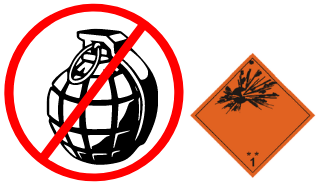
Explosives
Substances and articles with the danger of explosion, projection, fire, and insensitive. Included in this definition are pyrotechnic substances, a substance designed to produce an effect of heat, light, sound, gas or
smoke, or a combination of these, even if they do not give off gases; Insensitizer renders the explosive insensitive, or less sensitive, to: heat, shock, impact, percussion or friction.
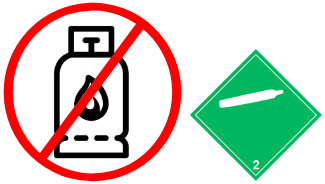
Gases: flammable, nonflammable, nontoxic, and toxic
Covers compressed gases, liquefied gases, dissolved gases, refrigerated liquefied gases, mixtures of one or more gases with one or more vapors of substances of other classes, gas-laden
objects, aerosols, and chemicals under pressure.
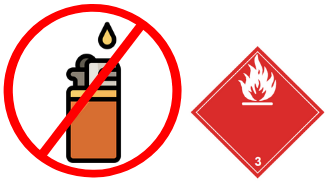
Flammable Liquids
Contains solids in solution or suspension (e.g., paints, varnishes, lacquers, etc.,) that release flammable vapor.
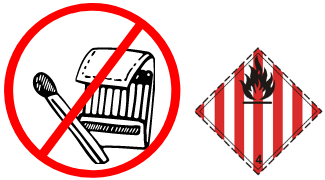
Flammable solids
Self-reacting substances, exposed to spontaneous combustion; or in contact with water, emit flammable gases. Solids which, under conditions encountered in the carriage, quickly combust, or which, by friction, may
cause or contribute to fire; self-reacting substances and polymerizing substances which may react strongly exothermically; substances subject to spontaneous heating under normal conditions of transportation, or to heating in contact with
air, which may ignite; and substances which, by interaction with water, are capable of becoming spontaneously flammable or give off flammable gases in dangerous quantities.
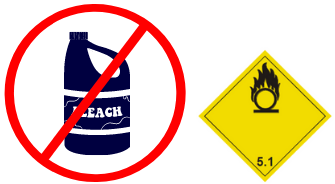
Oxidizing substances and organic peroxides
Substances which, although not necessarily combustible, are generally capable, by releasing oxygen, of causing or contributing to the combustion of other materials. Organic substances can
be considered to be derived from hydrogen peroxide, in which one or both hydrogen atoms have been replaced by organic radicals. Organic peroxides are thermally unstable substances that can undergo self-accelerated exothermic decomposition.
In addition, they can have one or more of the following properties: Be subject to explosive decomposition; Burn rapidly; Be sensitive to impact or friction; React dangerously with other substances; Cause damage to the eyes.
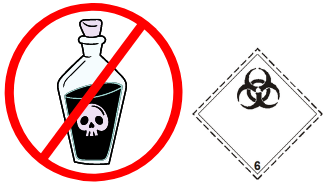
Toxic substances and infectious substances
Substances capable of causing death, injury, or harm to human health if ingested, inhaled, or if in contact with the skin; Substances that contain, or are expected to contain pathogens.
Pathogens are defined as microorganisms (including bacteria, viruses, parasites, and fungi) and other infectious agents, such as prions, which cause disease in humans or animals.
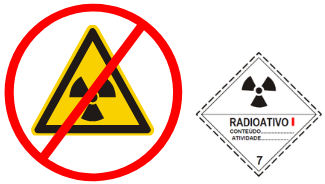
Radioactive Material
These substances eliminate radiations that correspond to electromagnetic waves that interact with matter producing various effects. For the classification of radioactive materials, the provisions of the transportation
standards established by the National Nuclear Energy Commission - CNEN must be considered.
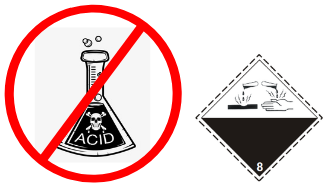
Corrosive substances
Corrosive substances are substances that, by chemical action, cause irreversible damage to the skin or, in case of leakage, seriously damage or even destroy other cargo or the aircraft itself.
Several dangerous substances and articles, including substances presenting a danger to the environment
Substances present, during air transport, a hazard not covered by any of the other classes.

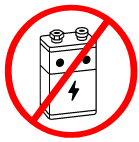
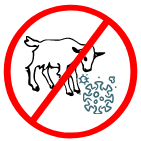

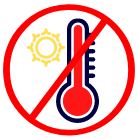
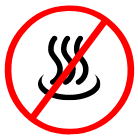
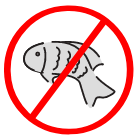
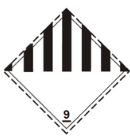
Exceptions Allowed (with authorization only)
The following dangerous articles, which may normally be carried by passengers in other modes of transport, are prohibited in air transport, both as carry-on and checked baggage: